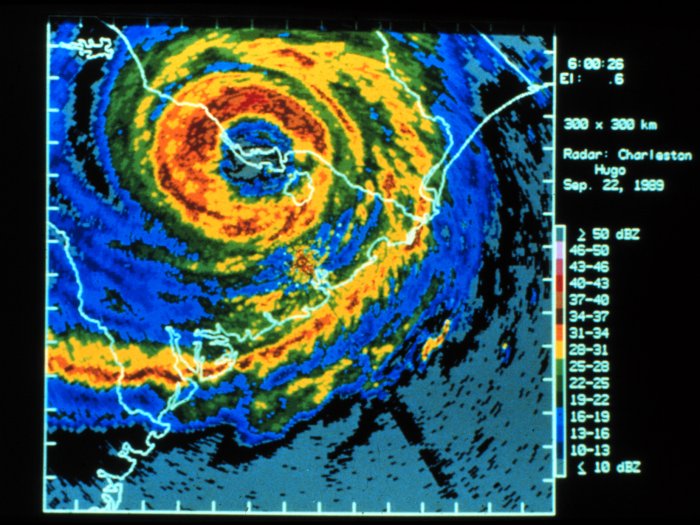
Home > Cloud Classifications > Four Basic Cloud Levels
|
|||||
Today there are four main groups of clouds, based on their level, and each with sub-classifications that describe the transitions from one cloud type to another. Together, they form ten basic cloud classifications.Clouds are classified into these four main groups according to the height of their bases (bottom of the cloud) and vertical development (top of the cloud). The cloud heights referred to in the chart below vary according to various factors such as latitude, but are commonly considered accurate.
< PREVIOUS NEXT >
Our website is dedicated to promoting interest in and better understanding of weather. WeatherWing has been the #1 Weather Observer Certification Training source for Oil and Aviation Interests in the Gulf of Mexico since 1998.
Source: http://WeatherWing.com Copyright 2007 all rights reserved
| |||||
Home > Cloud Classifications > Four Basic Cloud Levels
|

"I'd worked as an observer for years, but needed to re-certify. I learned more in this course than I ever imagined I could and I passed the exam with flying colors. I am also definately a better observer" TS, Louisiana
I knew nothing about weather at all. My new job depended on passing the weather observer certification test. Thanks to the patience and personal attention you gave us all, the entire class passed. JB, Texas
"When my company sent me to this class I thought I didn't need the training. I was wrong. Thanks" RB, Texas
You are the "Gold Standard" of teaching. Absolutely the best teacher I have ever had. DG, Louisiana

Copyright 2007 -2010 all rights reserved
 Twitter
Twitter Technorati
Technorati Stumbleupon
Stumbleupon Google Bookmarks
Google Bookmarks Facebook
Facebook Digg
Digg Blogmarks
Blogmarks Delicious
Delicious BlinkList
BlinkList Yahoo My Web
Yahoo My Web